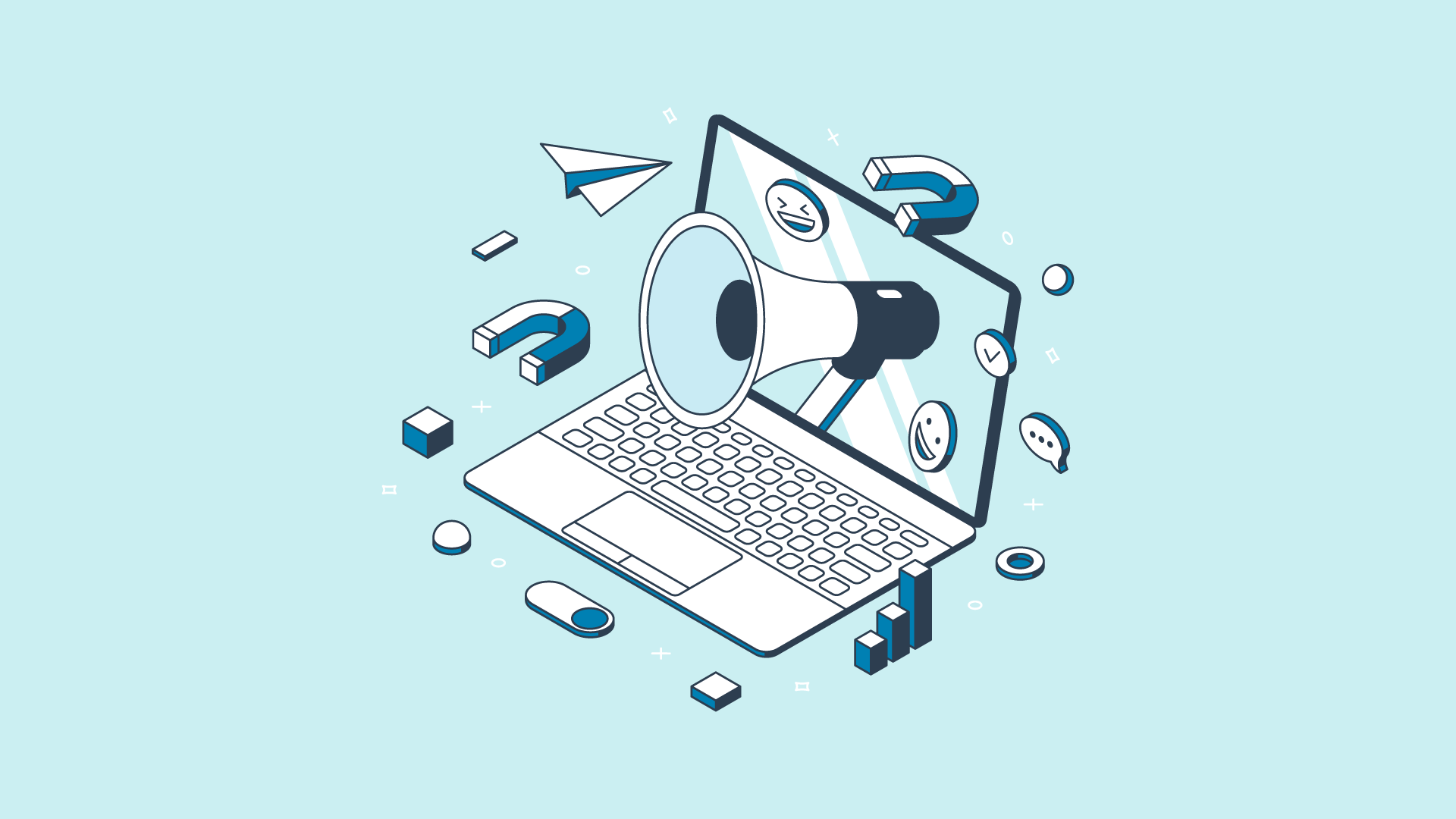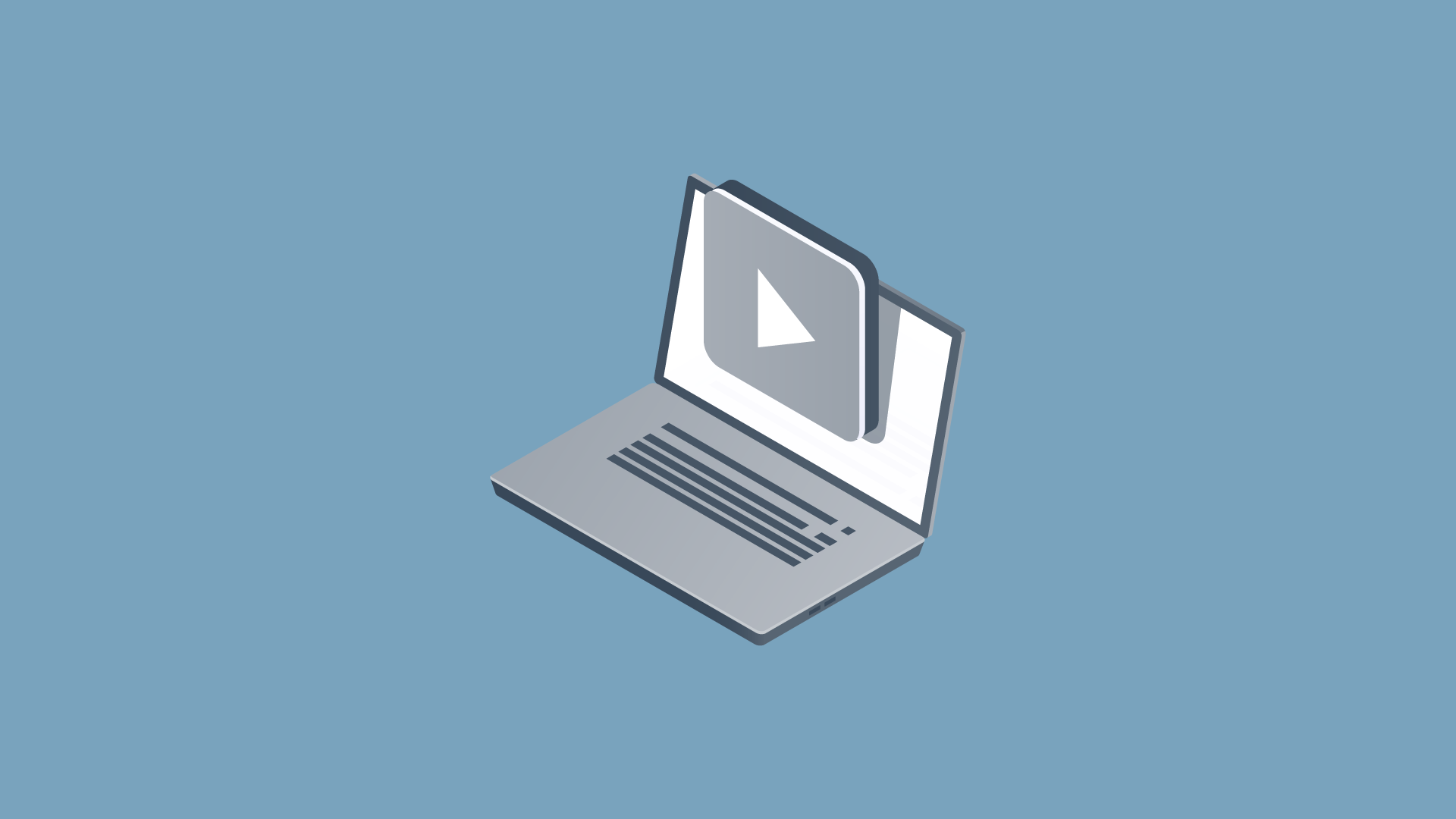As a marketing manager or professional, you're well aware of the profound shift that's occurred in our digital world. Traditional, interruption-based marketing methods are rapidly giving way to a more powerful and customer-centric approach: inbound marketing.
At its core, inbound marketing is about creating meaningful experiences that have a positive impact on people and your business. It's about drawing customers in — not with disruptive ads or loud promotions, but with valuable content and interactions that are relevant and helpful.
This isn't just another tactic; it's a holistic strategy that aligns with the way consumers make purchasing decisions today.
The benefits of inbound marketing are clear: it generates leads, cultivates an engaged audience, and continues to build momentum over time, often at a lower cost than traditional marketing. Imagine attracting customers who come to you already informed, impressed, and ready to commit because of the value you've provided them from the first interaction.
If this resonates with you, then you're ready to start your journey with inbound marketing. This article will guide you through the necessary steps to get started with inbound marketing, providing you with valuable insights and tips to help you navigate the ever-changing landscape of digital marketing.
| Inbound Marketing
A business methodology that attracts customers by creating valuable content and experiences tailored to them. Simply put, it turns strangers into brand promoters. |
What Is Inbound Marketing?
Inbound marketing is an approach focused on attracting customers through content and interactions that are relevant and helpful — not disruptive. It’s about using marketing to bring potential customers to you, rather than having your marketing efforts fight for their attention.
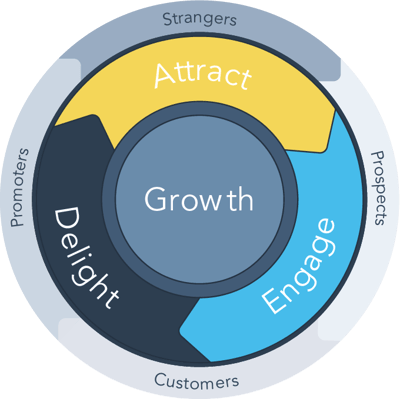
This strategy is founded on the principle of earning the attention of prospects, making your business easy to find, and drawing customers to your website by producing content that they value. Unlike outbound marketing, where marketers attempt to find customers, inbound marketing earns the attention of customers and makes the company easy to find.
An inbound marketing strategy is holistic, data-driven, and revolves around the following core components:
- Content Creation and Distribution: Creating content that addresses the problems and needs of your ideal customers, and sharing that content far and wide.
- Lifecycle Marketing: Recognizing that people go through stages as they interact with your company and that each stage requires different marketing actions.
- Personalization: Tailoring content to the wants and needs of the people who are viewing it, and nurturing them to the sale and beyond.
- Multi-Channel Presence: Inbound marketing is multi-channel by nature because it approaches people where they are, in the channel where they want to interact with you.
By creating content specifically designed to appeal to your dream customers, inbound marketing attracts qualified prospects to your business and keeps them coming back for more. This strategy transforms marketing from a cost center into an opportunity to engage with your audience and grow your business in a way that provides value and builds trust.
Why Inbound Marketing is Important
In a world where consumers have the power to ignore marketing messages and seek out information on their terms, inbound marketing is not just important—it's essential. It represents a fundamental shift in the way businesses connect with their audience and is a reflection of the evolving consumer behavior in the digital era.
Here are some reasons why you should consider using inbound marketing:
1. Consumer Empowerment
Today's consumers are empowered with unlimited information and tools to block out unwanted noise. They are adept researchers, using the internet to find detailed information, reviews, and testimonials about any product or service they're considering.
Inbound marketing aligns with these self-directed buyers by providing the helpful, relevant content they are searching for online.
2. Cost-Effectiveness
Inbound marketing is often more cost-effective than traditional outbound methods. Instead of casting a wide net with pricey advertising, it focuses on creating quality content that pulls people toward your company and product.
Once you create a piece of content, it lives on your website and can attract visitors—and potential leads—months or even years after it's published.
3. Building Trust and Credibility
By offering content that solves problems or educates your audience, inbound marketing helps establish your brand as a trusted authority in your field. Trust and credibility cannot be bought; they must be earned.
Inbound marketing facilitates this by putting your expertise on display.
4. Long-Term Relationships
Inbound marketing is not about short-term wins. It's about initiating and nurturing long-term relationships with your audience. By engaging with your customers through meaningful content, you're more likely to turn one-time buyers into lifelong supporters of your brand.
5. Measurable ROI
With the data-driven nature of inbound marketing, you can measure your return on investment (ROI) with precision. Every interaction is trackable, which means you can easily ascertain which strategies are working and which are not, allowing for more informed decisions about where to invest your marketing budget.
6. Aligns with Modern Buying Processes
The buying process has changed dramatically, and inbound marketing offers a way to adapt to these changes. By providing valuable content at every stage of the buyer's journey, you align your marketing strategy with the buyer's research and decision-making processes, which can result in more qualified leads and sales conversions.
7. Enhanced Accessibility and Reach
Inbound marketing takes advantage of multiple channels—social media, search engines, blogs, etc.—to increase your visibility and reach. By leveraging these platforms, you're able to engage with a broader audience that goes beyond the limitations of traditional advertising.
How to Get Started with Inbound Marketing
1. Understanding Your Audience
The linchpin of any successful inbound marketing strategy lies in a profound understanding of who you're trying to reach. It’s about quality, not just quantity. Let’s uncover who your audience is and what they need from you.
Identifying Your Buyer Personas
Crafting detailed buyer personas is not just a task; it's an exploration into the psyche of your ideal customers. You’ll need to delve into their motivations, challenges, and goals. What problems do they face daily?
How can your offerings alleviate their pain points? These personas should be as lifelike as possible, representing real segments of your market with precision. They are the avatars that will guide every piece of content and every campaign you create.
Customer Journey Mapping
Imagine walking a mile in your customers’ shoes — that’s customer journey mapping. It’s a strategic approach to visualizing the path your customers take from the moment they become aware of a need, to consider your service as a solution, and finally to make a decision.
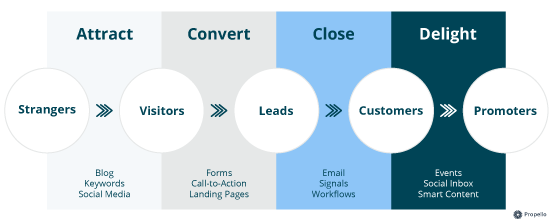
At each stage of this journey, there are opportunities to provide value through tailored content. Understand this path, and you’ll be able to craft messages that resonate deeply and guide your prospects smoothly down the sales funnel.
2. Content Creation and Management
Creating and managing content is your opportunity to communicate value, showcase your expertise, and address the specific needs of your buyer personas. Let’s build a content foundation that establishes trust and authority.
Developing a Content Strategy
Your content strategy is the blueprint of your communication efforts. It involves optimizing your content for search engines (SEO) to ensure your target audience finds you when they need you the most.
Begin with keyword research to understand the phrases your personas use, then craft content that aligns with those terms. Remember, content relevance to your audience trumps all.
Blogging and Thought Leadership
A blog is not just a collection of articles; it’s a showcase of your thought leadership. It's where you answer questions, provide solutions, and share insights that position you as an authority in your field.
Regular, insightful posts that speak to the interests and challenges of your audience establish credibility and trust — the cornerstones of any lasting customer relationship.
3. Leveraging Digital Channels
Your audience is online, and your inbound marketing strategies should be too. It’s about meeting them on their turf, on the platforms they frequent, and engaging with them in meaningful ways.
Social Media Marketing
Social media marketing is more than just posting updates. It's about connecting and engaging with your community.
Each social platform offers unique advantages; your job is to determine which ones your buyer personas use and how you can engage with them there.
Is it through insightful LinkedIn articles? Twitter chats? Instagram stories? The right platform with the right message creates community and conversation.
Email Marketing
Email marketing remains a powerful tool for nurturing leads into customers. Personalized, targeted emails based on where your leads are in the buyer’s journey can provide them with the information they need to move closer to a decision.
The key? Emails must be relevant, helpful, and timely to encourage your leads to take the next step.
4. Attracting Traffic to Your Site
With your content ready to impress, the next step is to ensure that traffic flows to your site. This isn’t about casting a wide net, but rather about drawing in those who are already searching for the solutions you offer.
SEO Best Practices
The art of SEO is understanding what your potential customers are searching for and ensuring your content satisfies those queries. Begin with comprehensive keyword research to guide your on-page SEO efforts.
Beyond keywords, build a portfolio of quality backlinks to bolster your site’s authority. Remember, SEO is a marathon, not a sprint. It takes time, but the organic growth it brings is invaluable.
Using Paid Advertising Wisely
While inbound is largely organic, there’s a place for paid advertising. When used selectively, paid ads can boost the visibility of your inbound content and accelerate growth.
The key is to ensure your paid strategy aligns with inbound principles – attract, don’t interrupt. Use targeting options to serve ads to those who have shown interest in similar topics or have engaged with your content before.
5. Converting Visitors into Leads
Once you've attracted the right visitors, the next challenge is converting them into leads. This is where the value exchange happens—you provide something useful, and they permit you to engage further.
Creating Effective Landing Pages
Your landing page is the gateway to further interaction with your visitors. It must be clear, compelling, and concise.
The message should resonate with the specific needs of your prospects and the design should guide them towards one action: conversion. Experiment with A/B testing to find the best-performing elements that drive the user to take action.
Lead Magnets and Call-to-Actions
Lead magnets are the valuable resources you offer in exchange for contact details. Think ebooks, whitepapers, or even a free trial.
Your call-to-action (CTA) is the beacon on your content that guides users to your lead magnet. Place CTAs strategically throughout your content and make sure they stand out. They should offer a clear value proposition and create a sense of urgency.
6. Nurturing Leads into Customers
Attracting leads is crucial, but it’s the nurturing that turns them into customers. Effective nurturing caters to the evolving needs of the leads and guides them down the sales funnel with personalized content and interactions.
Lead Scoring and Management
Not all leads are created equal. Lead scoring helps you prioritize your efforts by identifying which leads are most likely to convert.
Use your HubSpot CRM tool to track interactions and score leads based on their actions. This helps your sales team focus on leads that are ready for a conversation while your marketing team continues to nurture the others.
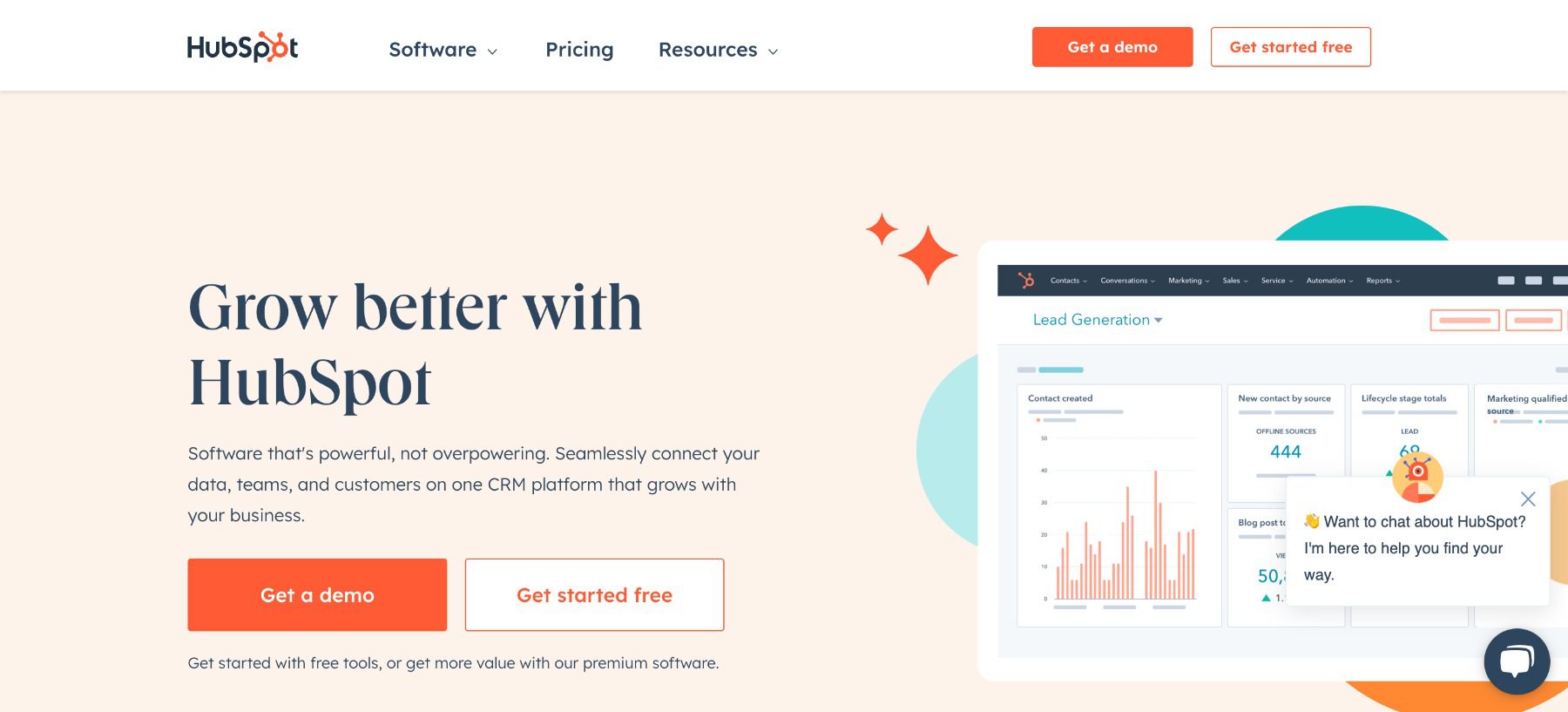
Marketing Automation
Marketing automation is about sending the right message at the right time without manual intervention. It’s a way to scale your efforts and provide a personalized experience for each lead.
Use automation to send follow-up emails, alert your sales team to hot prospects, and deliver targeted content that moves leads closer to the buying decision.
7. Measuring Success and Optimizing Strategies
Finally, you cannot improve what you don't measure. Use analytics to understand the effectiveness of your inbound marketing efforts and to make data-driven decisions.
Analytics and Performance Metrics
Delve into the data to gauge the health of your inbound marketing. Track metrics like traffic, conversion rates, and customer acquisition costs.
But don't just collect data—analyze it to uncover patterns and opportunities for optimization.
Continuous Improvement
The inbound marketing landscape is ever-evolving, and so should your strategies. Adopt a culture of testing and learning.
Try new approaches, test new content formats, and experiment with different channels. The goal is continuous improvement, always striving to better meet the needs of your audience and business.
Conclusion
Inbound marketing isn't just a tactic; it's a philosophy that puts the customer at the center of everything you do. It’s about creating meaningful connections and providing value at every stage of the customer journey.
As a marketer, your task is to craft a strategy that resonates with your audience, engages them with high-quality content, and delights them into becoming not just customers, but advocates.
Now, take this roadmap and begin your journey. Start by understanding your audience deeply, engaging them with compelling content, and nurturing your leads with care. Measure your success, optimize your strategies, and watch as your inbound marketing transforms your business.

